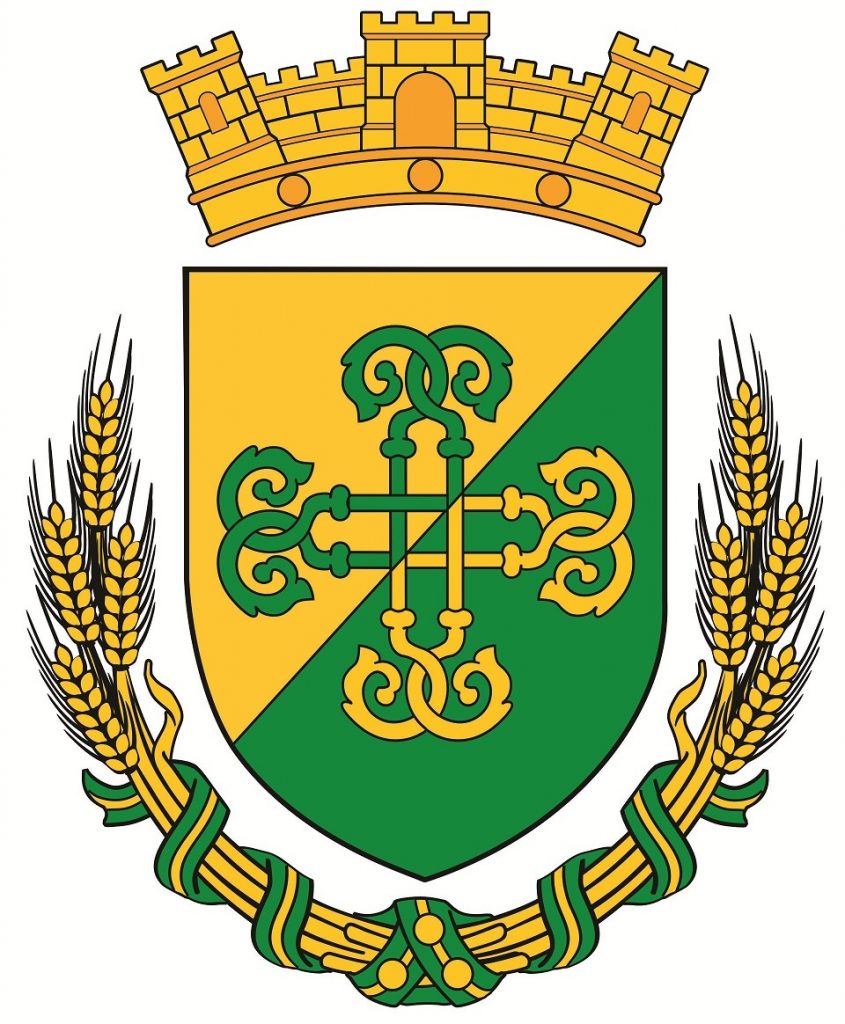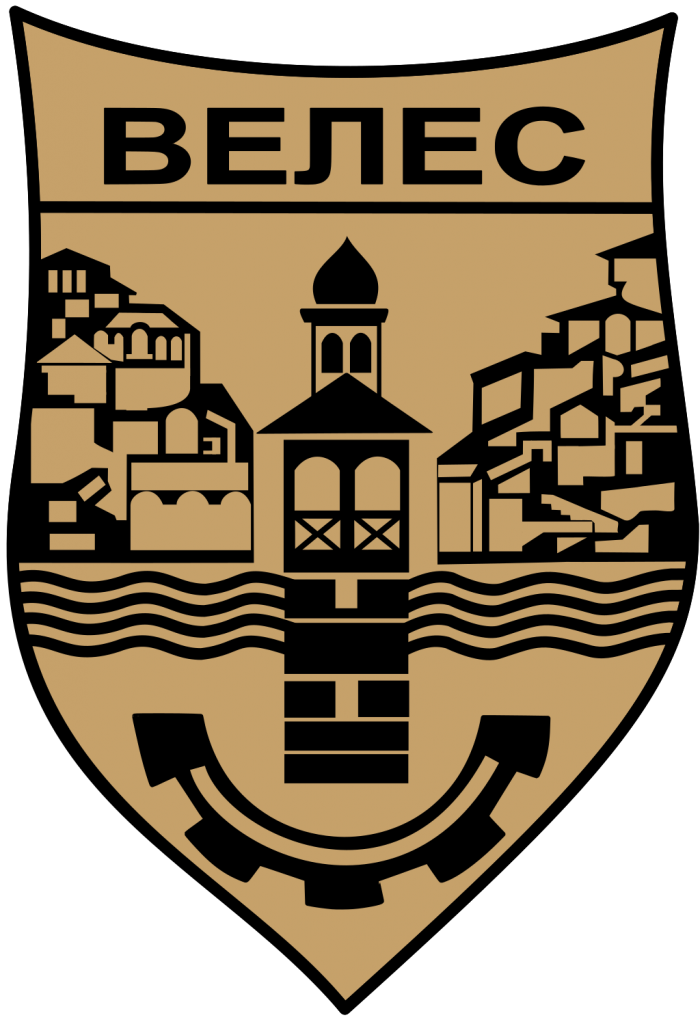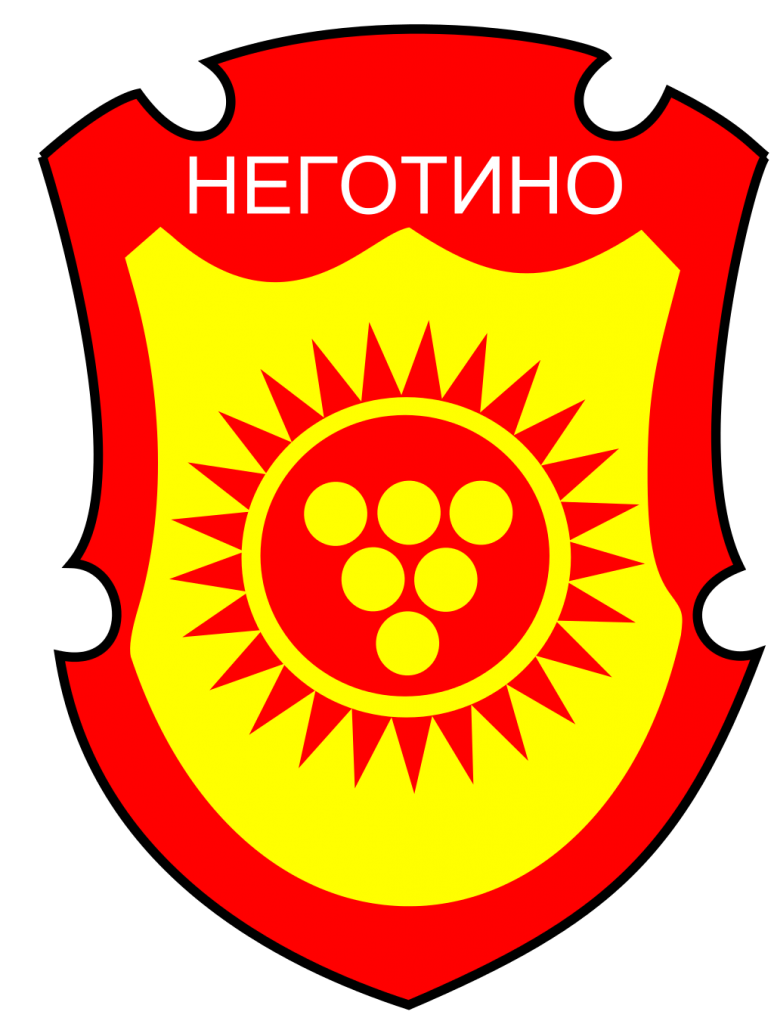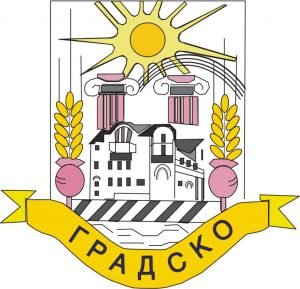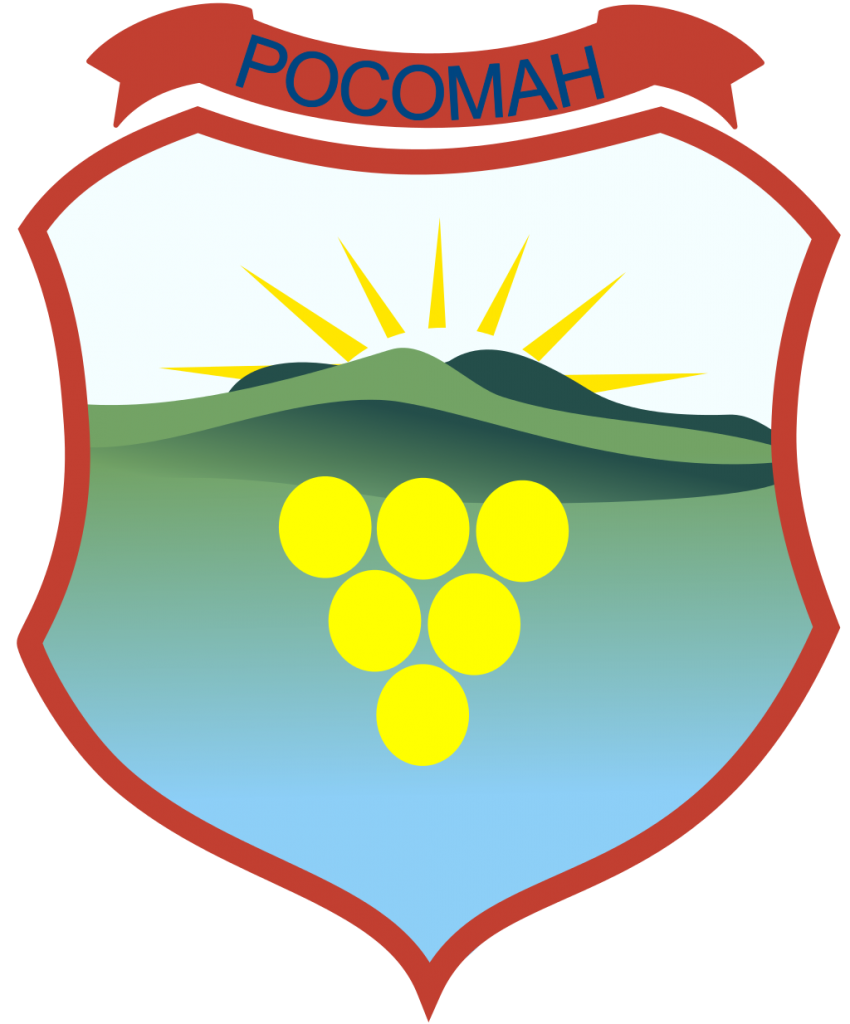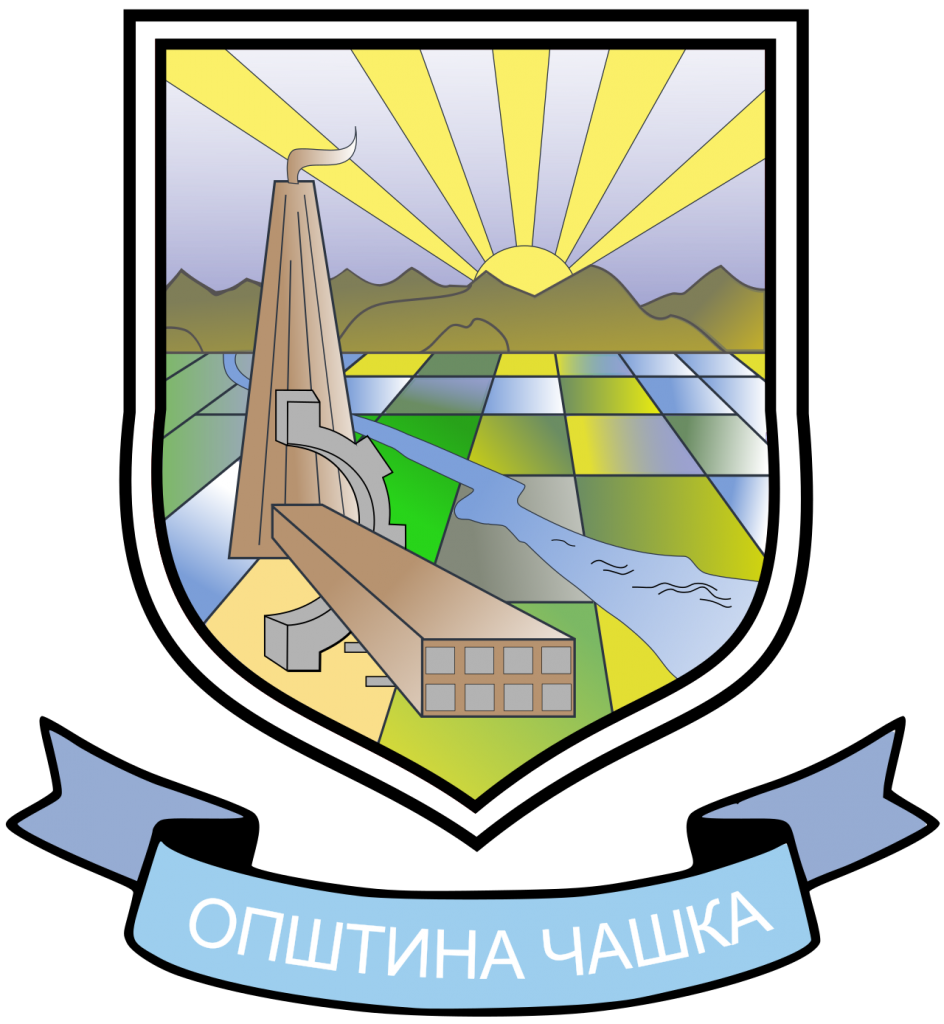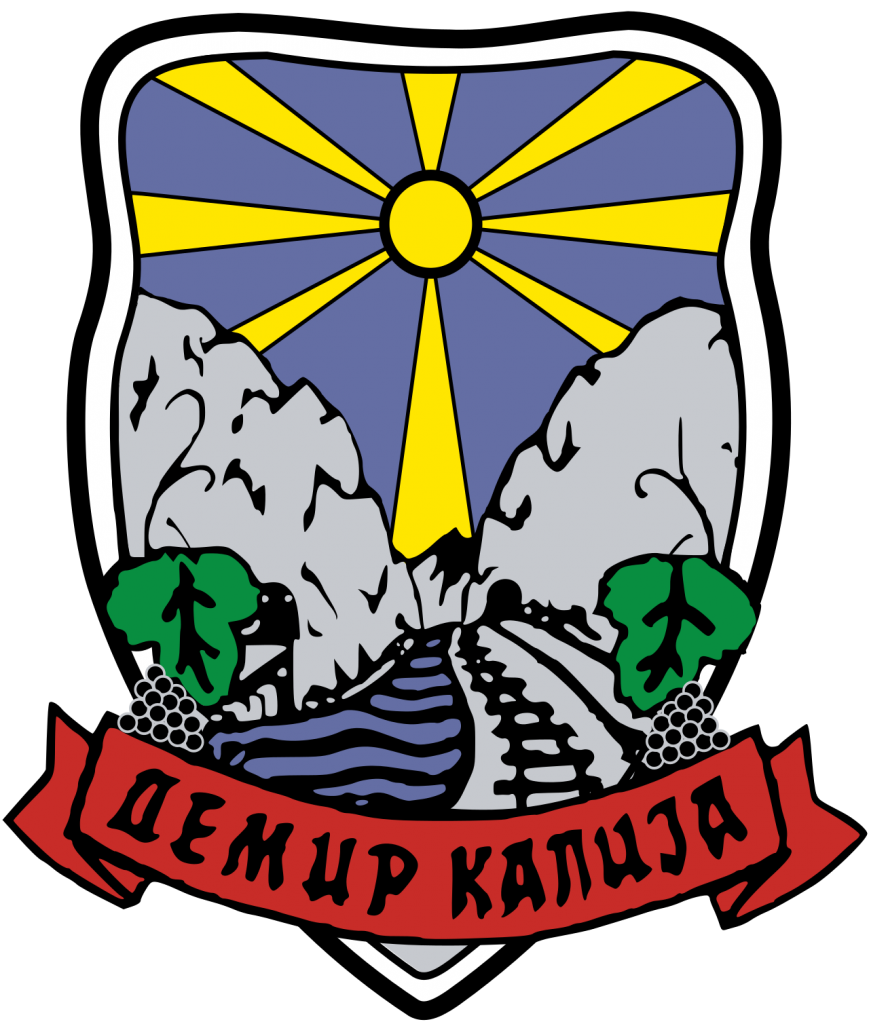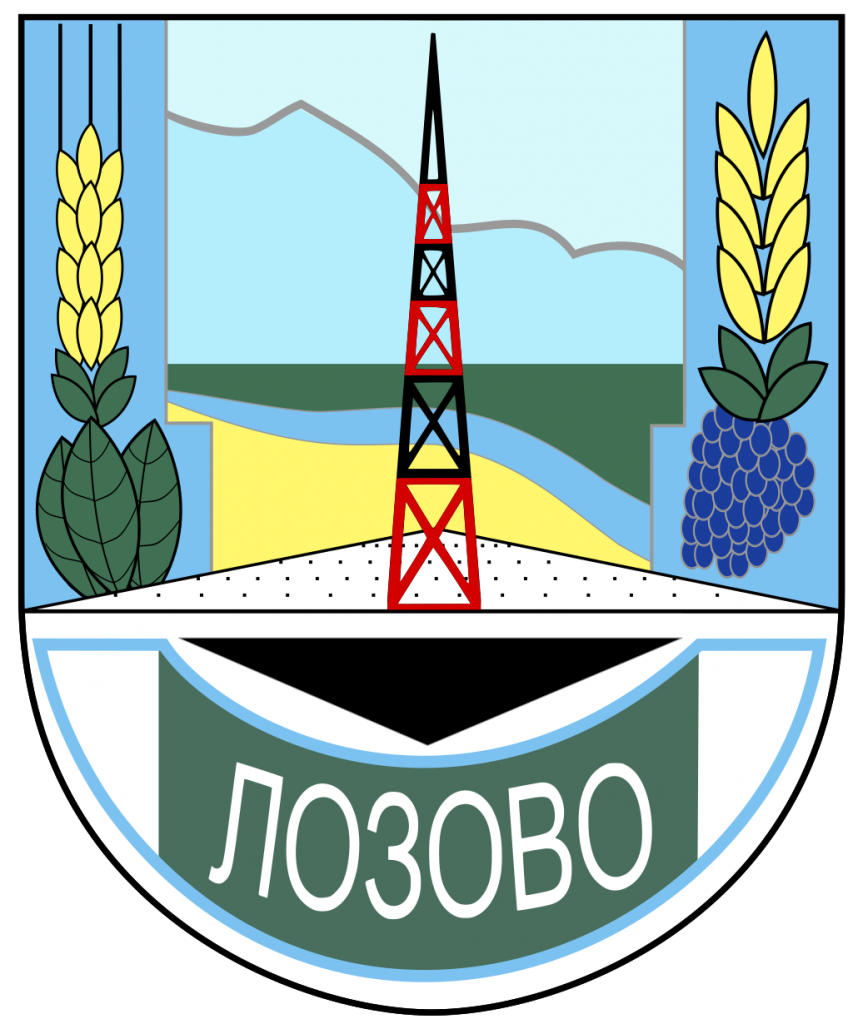Mr. Sasho Velkovski – Mayor of the Municipality of Sveti Nikole
The Municipality of Sveti Nikole is located in the northeastern part of the Republic of Macedonia. It lies in the Ovce Pole valley and covers an area of 480 km and is one of the largest municipalities in the Republic of Macedonia.
It borders the municipalities of Skopje, Veles, Stip, Probistip and Kumanovo.
According to the latest census on the territory of the Municipality of Sveti Nikole live a total of 18,497 inhabitants, with a population density of 38.30 inhabitants / km
Most of the population are Macedonians 18 087, Turks 143, Roma 168, Vlachs 303, Serbs 200 and others 22.
Within the Municipality there are 34 settlements but there are 32 permanent ones together with the central place Sveti Nikole (old and new Mezdra have been displaced) and they are: Alakince, Amzabegovo, Arbasanci, Bogoslovec, Burilovci, Gorno Gjudjance, Dolno Gjugjance, Gorno Crnilishte, , Dolno Crnilishte, Erdzelija, Kadrifakovo, Knezje, Krusica, Makresh, Malino, Mechkuevci, Mustafino, Nemanjica, Orel, Pavleshenci, Patetino, Peshirovo, Preod, Ranchenci, Sopot, Stanulovci, Stanjevci, Stronikmanci, Trstenik.
The area of the Municipality of Sveti Nikole is characterized by a moderate continental climate, influenced by the changed Mediterranean climate along the river Bregalnica.
In the Municipality of Sveti Nikole the most developed economic activities are: food industry, textile industry, trade activity, service activity, agriculture and animal husbandry.
Mr. Mitko Jancev – Mayor of the Municipality of Kavadarci
The territory of the Municipality of Kavadarci extends to the area of central Povardarie and the part of Crnoreчи, covers a significant part of the Tikvesh valley which covers an area of 992.44 km and is one of the largest municipalities in the country.
According to the population census on the territory of the Municipality of Kavadarci live a total of 38,741 inhabitants, or a population density of 39.04 inhabitants / km 2.
According to the national structure, the Macedonian population dominates with 96.79% while the rest are Roma, Serbs, Turks, Vlachs and others.
Within the Municipality of Kavadarci there are a total of 40 settlements, the city of Kavadarci and the villages: Begnishte, Bojanciste, Bohula, Brushani, Bunarce, Vatasha, Vozarci, Galishte, Garnikovo, Glisic, Gorna Boshava, Grbovec, Dabnishte, Dobrosha, Dobrosto, Dradnja, Drenovo, Kesendre, Klinovo, Konopishte, Koshani, Krnjevo, Kumanichevo, Maiden, Marena, Mreчкоiчкоko, Pravednik, R, janovo, Radnja, Raec, Resava, Rozhden, Sopot, Stragovo, Farish, меemersko, шкоeеkovo and иi..
The city is located at an altitude of 230 to 270 m. The Tikvesh area is exposed to the influence of the Mediterranean and continental-Mediterranean climate.
The main economic activity of the population in the Municipality of Kavadarci is agriculture, ie viticulture and wine production.
Mr. Ace Kocevski, Mayor of the Municipality of Veles
The Municipality of Veles is located in the central area of the Republic of Macedonia, covers an area of 507 km. It is an important traffic junction where the most important road and rail routes intersect on the international transport corridor that connects Europe with the Middle East and North Africa.
A total of 55,108 inhabitants live on the territory of the municipality. The population density is 42 inhabitants per m. Regarding the structural representation of the communities, we have 46,767 or 84.86% Macedonians, 2,406 or 4.37% Bosniaks, 2,299 or 4.17% Albanians, 1,724 or 3.13% Turks, 800 or 1.45% Roma, 540 or 0, 98% Serbs, 343 or 0.62% Vlachs and 229 or 0.42% others.
With the existing territorial division, the Municipality of Veles covers about 30 settlements, including: Bashino selo, Belestevica, Buzalkovo, Vetersko, Gorno Karaslari, Gorno Orizari, Dolno Karaslari, Dolno Orizari, Ivankovci, Karabunishte, No Krunuche, Krusheva, Ma Krushe , Novo Selo, Otovica, Oraovec, Rastani, Rlevci, Rudnik, Slivnik, S, lp, Sujaklari, Sopot, Crkvino, Coloshevo, Dzidimirci.
The municipality of Veles has a continental climate, the average annual rainfall is 447 mm / m. The territory of the Municipality of Veles covers the areas of the larger watercourses Babuna, Topolka and Otovica which belong to the basin of the river Vardar.
The main economic activities in the Municipality of Veles are trade, service activities, textile-leather industry, food industry.
Mr. Toni Delkov, Mayor of the Municipality of Negotino
The Municipality of Negotino is located in the central part of the Republic of Macedonia, in the area of the middle Povardarje.
It covers an area of 414 km, is located at an average altitude of 150 m.
It covers the eastern part of the Tikvesh valley, on both sides of the river Vardar, and on the southeast it borders with the Municipality of Demir Kapija, on the north with Stip, on the east with Konce, on the south with Kavadarci, on the west with Rosoman and on the northwest with Gradsko.
It has 19,212 inhabitants in the city of Negotino and in 18 other settlements, four of which are completely displaced.
According to the census conducted in 2002, the Municipality of Negotino has 19,212 inhabitants or 0.95% of the total population in the Republic of Macedonia. The city of Negotino, which is the urban center of the municipality, has 13,104 inhabitants or 68.2% of the inhabitants of the entire municipality. The population density is 46.5 inhabitants per km.
According to the declaration of nationality, 17,768 Macedonians, 627 Serbs, 453 Roma, 243 Turks, 30 Albanians, 14 Vlachs, 1 Bosniak and other nationalities live in the Municipality of Negotino.
The municipality of Negotino consists of the city of Negotino and the villages: Brusnik, Vesje, Vojshanci, Gorni Disan, Dolni Disan, Dubrovo, Janoshevo, Kalanjevo, Krivolak, Kurija, Lipa, Pepelishte, Peshternica, Timjanik, Tremnik, Crveni Bregovi and Crveni Bregovi.
The territory of the Municipality of Negotino, as part of the area of Tikves and Povardarie is influenced by the Mediterranean climate, which penetrates from the south, through the Demir Kapija gorge and the continental climate that penetrates from the north through the Veles valley.
Agriculture is the main economic activity in the Municipality of Negotino, with special emphasis on viticulture.
Mr. Robert Beshovski, Mayor of the Municipality of Gradsko
The Municipality of Gradsko is located in the plain part of the center of Macedonia, called the middle Povardarie.
The territory of the Municipality of Gradsko covers an area of 290 km and according to the size is included in the group of medium-sized municipalities, with an average population density of 13 inhabitants per 1 km.
It is spread on both sides of the river Vardar to the mountain Klepa. It is bordered on the north by the municipalities of Stip, Lozovo and Veles, on the east by the municipality of Negotino, on the south by the municipality of Rosoman and on the west by the municipality of Caska.
The municipality has a total of 3760 inhabitants of which: 2924 or 77.77% Macedonians, 125 or 3.32% Albanians, 127 or 3.38% Roma, 71 or 1.89% Turks, 465 or 12.37% Bosniaks, 23 or 0.61% Serbs and other 25 or 0.66%
The municipality covers a total of 16 settlements, of which 10 are active. The central place and seat of the municipality is the settlement Gradsko with about 3000 inhabitants, and other existing settlements are: Vinicani, Vodovrati, Gorno Chichevo, Dolno Chichevo, Grnchishte, Kochilari, Nogaevci, Podles and Ulanci.
According to the geographical conditions, 6 settlements are plain, 3 are hilly, 1 is mountainous.
The municipality of Gradsko is one of the newer municipalities in the decentralization process.
It lies on flat land at an average altitude of 147 m and is located in an area occupied by the Mediterranean climate that penetrates the river Vardar from the Aegean Sea.
The municipality of Gradsko is mostly an agricultural municipality, the main agricultural product on the territory of the municipality are horticultural products. According to the agrarian structure, on the territory of the whole municipality there are excellent conditions for agricultural production, animal husbandry and viticulture.
Mr. Branko Janev – Mayor of the Municipality of Rosoman
The Municipality of Rosoman is located in the central part of the Republic of Macedonia, in the lower course of the river Crna.
Its neighboring municipalities are the municipalities of Kavadarci, Negotino, Gradsko and Caska.
The Municipality of Rosoman belongs to the group of smaller municipalities in the Republic of Macedonia, both in terms of area and the number of population living on its area.
Namely, the area of the Municipality of Rosoman is 134 km, and according to the statistical data from the census conducted in the Republic of Macedonia in 2002, the number of inhabitants is 4141 inhabitants and 1284 households. The population density is 31.12 inhabitants / km.
In the ethnic composition of the population, the most numerous are Macedonians 89.21% and Serbs 9.88%. Other ethnic communities make up less than 1%. In the Municipality of Rosoman there are 10 settlements: Palikura, Ribarci, Manastirec, Trstenik, Debrishte, Kamen dol, Mrzen Oraovec, Sirkovo, Krusevica and as the center of the municipality of Rosoman.
Rosoman is a typical lowland village and can rightly be said to be the heart of Tikvesh.
The municipality of Rosoman is mostly an agricultural municipality, there are excellent opportunities for the development of fruit growing, especially for the production of peaches.
The vineyards in the municipality of Rosoman are also very important for the future development of the municipality.
Mr. Goran Stojanovski, Mayor of the Municipality of Caska
The Municipality of Caska is located in the central part of the Republic of Macedonia.
covers an area of 825 km, and is one of the three largest municipalities in the Republic of Macedonia. The seat of the municipality is located at an altitude of 275 m.
Neighboring municipalities bordering are Veles and Gradsko from the east, Zelenikovo and Studenichani from the north, Makedonski Brod and Dolneni from the west and Prilep and Kavadarci from the south.
On the territory of the Municipality of Caska live a total of 7,673 inhabitants or a population density of 9.36 inhabitants / km 2. According to nationality in the Municipality of Caska of the total population 4395 are Macedonians, 2703 Albanians, 391 Turks, Vlachs 1, Serbs 55, Bosniaks 67 and the rest 61.
Within the Municipality of Caska there are 42 settlements, ie: Caska, Vojnica, Rakovec, Drenovo, Otishtino, Banjica, Busulci, Golozinci, Gorno Vranovci, Melnica, Lisice, Novo Selo, Kriva Krusha, Krajnici, Elovec, Vitabanci, Gorno , Dolno Jabolciste, Izvor, Dolno Vranovci, Martolci, Omorani, Vladilovci, Krnino, Popadija, Pomenovo, Stepanci, Smilovci, Stari grad, Bogomila, teovo, Sogle, Oreshe, Nezhilovo, Papradishte, Creshnevo, Oraov Dolni, Gabrovnik , Weeding, Bistrica.
The climate is continental with little influence on the sub-Mediterranean, which penetrates the valley of the river Topolka.
The main economic activities in the Municipality of Caska are agriculture and animal husbandry.
Mr. Lazar Petrov, Mayor of the Municipality of Demir Kapija
The Municipality of Demir Kapija is located in the picturesque Demir Kapija gorge in the extreme south of the Republic of Macedonia in the Tikvesh area.
The Municipality of Demir Kapija covers an area of 311.06 km, on its territory has a total of 4,545 inhabitants with an average population density of 14.61 inhabitants / km
It borders with the following settlements Negotino, Kavadarci, Gevgelija, Valandovo and Konce.
The Municipality includes the following settlements: the town of Demir Kapija and the villages of Barovo, Basvica, Bistrenci, Dracevica, Dren, Iberli, Klisura, Kosharka, Koprishnica, Koreshnica, Przhdevo, Strmashevo, Celevac and Chiflik.
The Municipality of Demir Kapija has various climatic characteristics due to its geographical position, the proximity of the Aegean Sea as well as the very configuration of the terrain-relief features.
There are three climatic influences in the area of Tikvesh – Mediterranean, continental and mountain.
The Municipality of Demir Kapija is a predominantly agricultural municipality, especially viticulture is an opportunity for development of the municipality.
Mr. Aco Velkovski, Mayor of the Municipality of Lozovo
The Municipality of Lozovo is located in the northeastern part of the Republic of Macedonia, at the foot of the Ovce Pole valley. The municipality of Lozovo belongs to the group of smaller municipalities in the Republic of Macedonia, both in terms of area and the number of population living on its area.
Namely, the area of the Municipality of Lozovo is 165 km, the population density is 17.32 inhabitants / km2. e
The maximum altitude on the territory of the Municipality of Lozovo is 663 meters.
Neighboring municipalities are the municipalities of Stip, Veles, Sveti Nikole and Gradsko. The territory of the Municipality of Lozovo is mostly located in a flat part, except for small parts of it which are hilly.
According to the statistical data from the census conducted in the Republic of Macedonia in 2002, the number of inhabitants is 2858 inhabitants and 899 households. In the ethnic composition of the population the most numerous are Macedonians (86.47%), Turks (5.49%) and Vlachs (4.27%). Other ethnic communities, including Albanians, Bosniaks and Serbs together, make up about 3% of the population. In the Municipality of Lozovo there are 11 settlements and 8 local communities.
Settlements in the Municipality of Lozovo are: Lozovo, Saramzalino, Dorfulija, Karatmanovo, Kjoseleri, Milino, Beqirlija, Kishino, Adzimatovo, Gjuzumelci and Adzibekovo.
The municipality of Lozovo is mostly an agricultural municipality, there are huge opportunities for the development of agriculture, especially grain production and viticulture.

